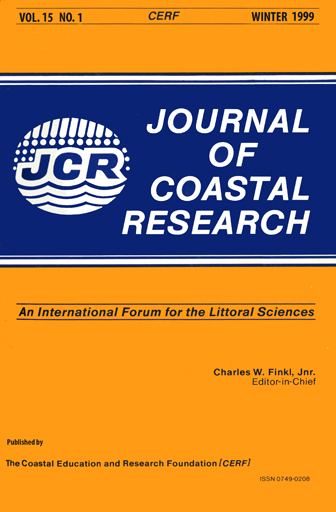In Situ Deposition Versus Transport by Density Currents of Dredged Sediments Dumped in Coastal Waters
Keywords:
Dredged sediment dispersal model, dredged sediment dispersal, density current, density current measurement, turbidity current.Abstract
This paper describes three series of field experiments providing measurements of dredged sediments transported by density currents on the sea floor following the dynamic collapse of sediment loads dumped from the sea surface. Field investigations were carried out at Rimouski and Rivière-du-Loup in the St. Lawrence Estuary and at Anse-à-Beaufils in the Gulf of St. Lawrence, Canada. Data from sediment traps, current meters and side scan sonar are used to investigate the generation of density currents following the dynamic collapse of dredged spoil on the sea floor. A dredged sediment dispersal model (REJPAR) developed at our laboratory is used to analyze the fate of dumped sediments at the three sites. A working hypothesis is that a density current will be formed if, after the energy consuming processes of convective descent and dynamic collapse have taken place, enough kinetic energy is left to generate such a current. The kinetic energy level at the completion of the dynamic collapse is evaluated and used as an index to measure the potential of a density current being generated. Three independent governing parameters are identified: (1) the sediment grain size, (2) the water depth and (3) the volume of dumped sediments. The kinetic energy that would be available to generate a density current is calculated on the basis of the difference between the convective descent velocity of the dumped sediment load when it reaches the bottom and the nominal settling velocity of the sediments. Results from the three experiments show a good correlation between the available kinetic energy and the amount of sediment forming density currents.Downloads
Published
1999-01-09
Issue
Section
Articles


